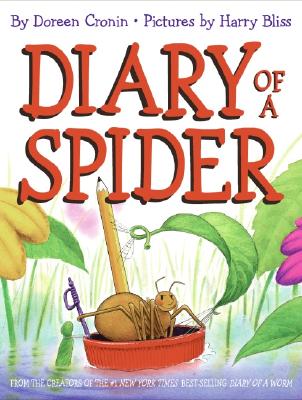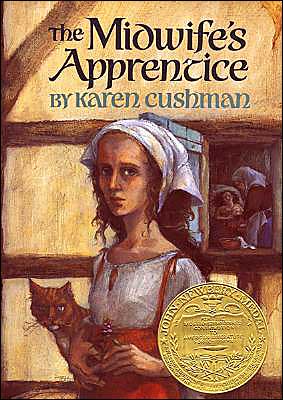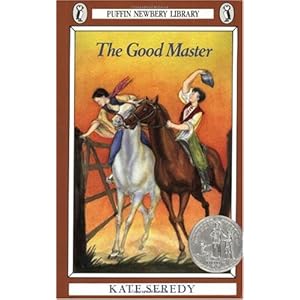
Summary
Diary of a Spider offers readers a glimpse into the life of a kid spider. Just as the title implies, the book is written from the point of view of a spider in the form of a diary. Spider shares his likes and fears while also telling us about his family life, his best friends Fly and Worm, and school.
Impressions
Diary of a Spider was a really fun read and very well illustrated. Cronin endears Spider to the audience by showing that spiders have lives just like humans. Cronin shows that spiders have family, friends, hobbies and responsibilities. I most enjoyed the relationships depicted between Spider and other types of “bugs.” Spider is friends with a fly and a worm, but is very afraid of a daddy long legs. This element of the book shows readers that there is a hierarchy even in the world of bugs.
Harry Bliss’ illustrations do a great deal to tell the story. The objective of a picture book is to tell a story through words and pictures. While some picture books may rely more heavily on text, Diary of a Spider is very picture heavy. In this book an idea is presented by Doreen Cronin’s text and is then fully expressed by Harry Bliss’ pictures.
Reviews: Kirkus Reviews
The wriggly narrator of Diary of a Worm (2003) puts in occasional appearances, but it's his arachnid buddy who takes center stage here, with terse, tongue-in-cheek comments on his likes (his close friend Fly, Charlotte's Web), his dislikes (vacuums, people with big feet), nervous encounters with a huge Daddy Longlegs, his extended family-which includes a Grandpa more than willing to share hard-won wisdom (The secret to a long, happy life: "Never fall asleep in a shoe.")-and mishaps both at spider school and on the human playground. Bliss endows his garden-dwellers with faces and the odd hat or other accessory, and creates cozy webs or burrows colorfully decorated with corks, scraps, plastic toys and other human detritus. Spider closes with the notion that we could all get along, "just like me and Fly," if we but got to know one another. Once again, brilliantly hilarious.
Review 2: School Library Journal
Children who enjoyed Diary of a Worm (HarperCollins, 2003) will be enchanted by this artistic team's latest collaboration. This time, Spider is the star. Through his humorous diary entries, readers learn about typical events in the life of a young spider. When Spider's mom tells him he's getting too big for his skin, he molts. Fly's feelings are hurt by a thoughtless comment from Daddy Longlegs, and Spider tries to help. He is concerned that he will have to eat leaves and rotten tomatoes when he has a sleepover with Worm. Spider's school doesn't have fire drills; it has vacuum drills ("...vacuums eat spiderwebs and are very, very dangerous"). Grampa tells him that spider-fly relations have improved over the years and shares the secret of long life-don't fall asleep in shoes. The amusing pen-and-ink and watercolor cartoons, complete with funny asides in dialogue balloons, expand the sublime silliness of some of the scenarios.
Suggested Activities
Diary of a Spider offers wonderful perspective both visually and conceptually on the life of a spider. After reading this book with a group, I would challenge them with the task of creating their own diary for a living thing much larger or much smaller than a human. One could create “Diary of a Skunk” or “Diary of a Whale.” I would urge readers to consider what the human world looks like visually from the perspective of the creature they have chosen, while creating text that communicates the similarities that creature might have with a human.
Bibliography
Cronin, D. (2005) Diary of a Spider. New York: HarperCollins Publishers. ISBN: 0060001542.
[Review of the book Diary of a Spider by Doreen Cronin] Kirkus Reviews, 73(13), 732-732
Combs, B. (2005, August) [Review of the book Diary of a Spider by Doreen Cronin] School Library Journal, 51(8), 87-87





